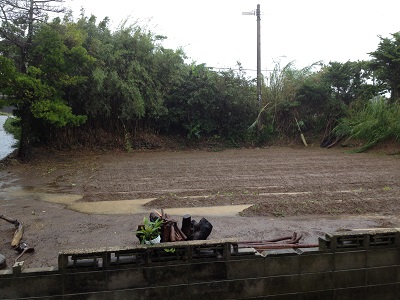 Rainy
Season Rainy
Season
The East Asian rainy season, commonly called the plum rain,
Japanese: 梅雨, tsuyu, is caused by precipitation along a
persistent stationary front known as the Meiyu front for
nearly two months during the late spring and early summer
between eastern Russia, China, Taiwan, Korea, and Japan. The
wet season ends during the summer when the subtropical ridge
becomes strong enough to push this front north of the
region.
An east-west zone of disturbed weather during spring along
this front stretches from the east China coast, initially
across Taiwan and Okinawa, later, when it has shifted to the
north, eastward into the southern peninsula of South Korea
and Japan. The rainy season usually lasts from May to June
in Okinawa and from June to July (approximately 50 days) in
the main islands of Japan.
The weather front forms when the moist air over the Pacific
meets the cooler continental air mass. The front and the
formation of frontal depressions along it brings copious
amounts of precipitation to Japan. The rainy season ends
when the warm air mass associated with the subtropical ridge
is strong enough to push the front north and away.
In Japan, the season lasts from early June to mid-July for
most of the country (on the main island of Honshū and the
islands of Kyūshū and Shikoku), approximately June 7 to July
20 for the main Kansai and Kantō regions. It comes a month
earlier to Okinawa in the south (early May through
mid-June), but Hokkaidō in the north is largely unaffected.
The high humidity in the air during this season encourages the formation of mold
and rot not only on food but on fabrics as well. Environmentally, heavy rains
encourage mudslides and flooding in all areas affected.
This period is generally avoided for tourism and for good reason. |
|